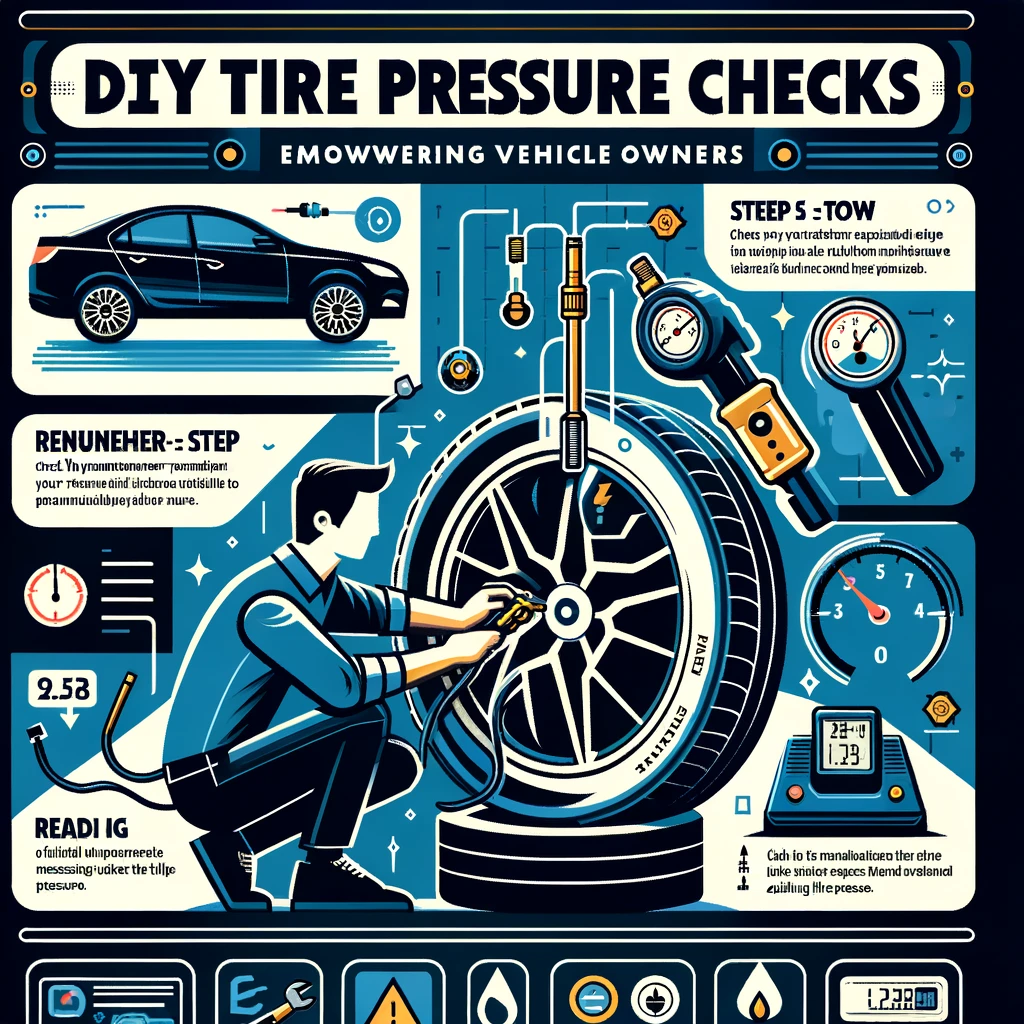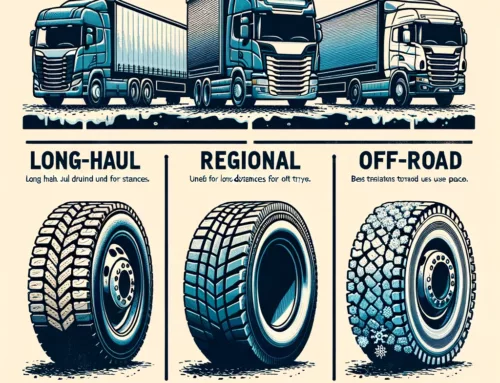
When it comes to car maintenance, tyre pressure might not be the first thing that comes to mind. However, it’s as crucial as your morning coffee is to a productive day—neglect it, and things might just go awry when you least expect it. In this comprehensive guide, we’ll take you through the ins and outs of car tyre pressure, ensuring you’re well-equipped to keep your tyres in tip-top shape. So buckle up, and let’s dive into the world of PSI, air compressors, and why sometimes, your tyres seem to have a mind of their own.
What is the Air Pressure in Car Tyres?
At the heart of understanding tyre pressure is knowing what air pressure is ideal for car tyres. Air pressure, measured in pounds per square inch (PSI), is the force that air exerts within your tyre. It’s not just about keeping your tyres inflated; it’s about ensuring they’re inflated just right. Too much or too little can turn your ride from smooth to shaky and affect everything from fuel efficiency to tyre lifespan.
Ideal Pressure: Most passenger cars will have an ideal tyre pressure between 32 to 35 PSI. However, this can vary based on your vehicle’s make, model, and weight. The key is to check your car’s manual or the sticker on the driver’s side door for the manufacturer’s recommendation.
How to Check the Tyre Pressure of a Car
Checking tyre pressure is easier than convincing a toddler that bedtime is non-negotiable. All you need is a reliable tyre pressure gauge and a few minutes. Here’s a step-by-step guide:
- Find Your PSI: First, know your recommended PSI.
- Use the Gauge: Remove the tyre’s valve cap, press the gauge evenly onto the valve stem, and read the pressure.
- Adjust as Necessary: If the reading is above or below the recommended PSI, adjust accordingly using an air compressor or letting out some air.
Do Car Tyre Pressure Increase in Hot Weather?
Yes, tyre pressure can increase in hot weather. As temperatures rise, so does the air pressure in your tyres, often leading to overinflation. This phenomenon is thanks to the basic principles of gas laws, where heat increases the energy of air molecules, causing them to expand. It’s wise to check your tyre pressure consistently during hot spells to ensure they’re not overinflated, which can reduce grip and increase wear.
Does Car Tyre Pressure Go Down in Cold Weather?
Conversely, tyre pressure drops in cold weather. This decrease is due to the air inside the tyre condensing, taking up less space, and thus reducing pressure. It’s not uncommon for tyres to lose 1 PSI for every 10 degrees Fahrenheit drop in temperature. Regular checks during winter months can prevent you from driving on underinflated tyres, which can lead to uneven wear and tear.
Why is My Car Tyre Losing Pressure?
Tyre pressure can drop for several reasons beyond just temperature changes:
- Punctures: Even small punctures can cause slow, steady air loss.
- Valve Stem Issues: A faulty or damaged valve stem can leak air.
- Wear and Tear: Over time, tyres naturally lose air. Regular checks can help mitigate this.
- Separation: Sometimes the tyre and the rim can separate slightly, allowing air to escape.
Regular maintenance and monitoring can help identify these issues before they become major problems.
Keeping your car’s tyres at the correct pressure is not just about prolonging the life of the tyres but also about ensuring your safety and the efficiency of your vehicle. With this guide, you’re now equipped to tackle tyre pressure like a pro—ensuring a smoother, safer ride, and maybe even saving a bit on fuel costs along the way. Remember, a little maintenance goes a long way, especially when it comes to keeping your tyres rolling right.
FAQs
Q: How often should I check my car tyre pressure? A: It’s recommended to check your tyre pressure at least once a month and before long trips. This frequency should increase if you frequently encounter extreme temperature changes.
Q: Can I use the same PSI for all my tyres? A: While many vehicles recommend the same PSI for all four tyres, some suggest different pressures for the front and rear tyres. Always refer to your vehicle’s manual for the most accurate information.
Q: What happens if I drive on tyres with incorrect pressure? A: Driving on tyres that are either overinflated or underinflated can lead to a host of problems, including reduced fuel efficiency, increased tyre wear, and even safety issues due to decreased handling and braking performance.


